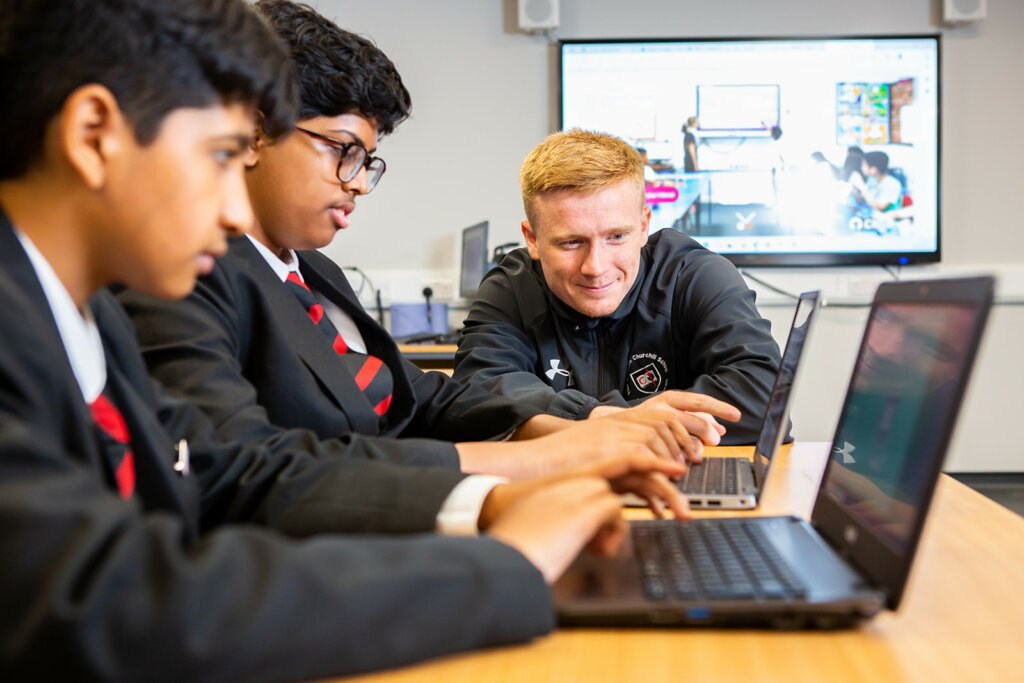Pokémon GO has become an unexpected global phenomenon since its release in July. We explain what the game can do, the benefits and risks, and how parents can help their children play the game safely.
What is it?
Pokémon GO is an app-based augmented reality game, based on the popular Nintendo version. The goal is to collect cartoon creatures called Pokémon and it merges the virtual and real world, as you use a virtual map and physically visit different places to find and capture the Pokémon. As well as Pokémon, there are also gyms and Pokéstops placed on the virtual map. A gym is a place where users can battle one another, and Pokéstops are stations that release prizes when you tap them. These are usually attached to landmarks in the real world. With both gyms and the Pokéstops, the user needs to be near them, in the physical world, in order to use them.
Watch this promotional clip to see how Pokémon GO works.
Benefits and risks:
The game is highly engaging, entertaining, and fun. It encourages the user to be active, and inquisitive, and can be a great way for parents to use technology in a positive way with their children. However there are potential risks.
Awareness of environment: To get the most out of the game, the user has to get out and about, using physical exercise. Along with the health benefits of this, there come some risks. The main concern is that players lose awareness of their environment. Being so engrossed in looking at their screens, there have been instances of players walking into objects, traffic, and even into the sea. The game posts a message at the loading screen, reminding players to be aware of their surroundings.
Contact with other players: Due to the nature of the game, its likely players will come into contact with one another when out searching for Pokémon. It is possible to meet strangers in the context of the game as many people who are out and about will be searching for the same Pokémon. There have been some cases reported of people being robbed of their phones while out playing Pokémon Go.
In-app purchases: The app is free to use, but in-app purchases can buy extra items. Players can spend real money to buy Pokécoins, the currency of Pokémon, and exchange them for extra add-ons. The risk with this feature is that players may not associate the Pokécoins with real money or may get into the habit of spending money whenever they want a new item, with the costs starting to add up.
Top tips
- Reinforce the game’s message of staying aware of the surroundings before and during any Pokémon hunting adventures. If children are at an age where they are going out by themselves, it’s also important to remind them that the Pokémon app can drain the battery of a mobile very quickly – if they need to call home, or use it to navigate to a friend’s house, be sure to make that the priority.
- Remind your children of the key principles around stranger danger, such as not to give any personal information out to strangers they might meet on the street through playing the game.
- Before your children go out catching Pokémon, make sure they know to tell you where they are going and what time they will be home. Suggest setting an alarm on their phone to remind them when it’s time to start heading home.
- Explain to your children that whilst catching Pokémon may seem like the most important thing in the world, their safety is even more important. If they get the feeling somewhere is not safe, encourage them to follow their instinct and not the Pokémon. Encourage them not to go to any private or isolated places. Let them know there are always other, safer places to go, and the Pokémon will be back again another day.
- To limit players spending any money in the game, parents can disable in–app purchases on their own and their children’s mobile devices. To access this, go to the settings folder.
Pokémon GO is still a new phenomenon, and the issues around it are still being defined. We are in an age where technology is continually changing at a rapid pace, but the safety messages we have always taught our children stay the same – be wary around strangers, stay aware of your surroundings, and always tell an adult where you are going. Take a moment to play the game yourself, and keep the conversation around it open and honest. Children like it for a reason, and if the adults in their life can help them minimise the risks involved, whilst still enjoying the benefits, they will be better equipped to look after themselves, and all the more likely to ask for help if they need it.
For more information on gaming in general, visit our Hot Topic page: https://www.childnet.com/parents-and-carers/hot-topics/gaming
For more information on Pokémon GO, visit the BIK website: https://www.betterinternetforkids.eu/web/portal/practice/awareness/detail?articleId=1067667


